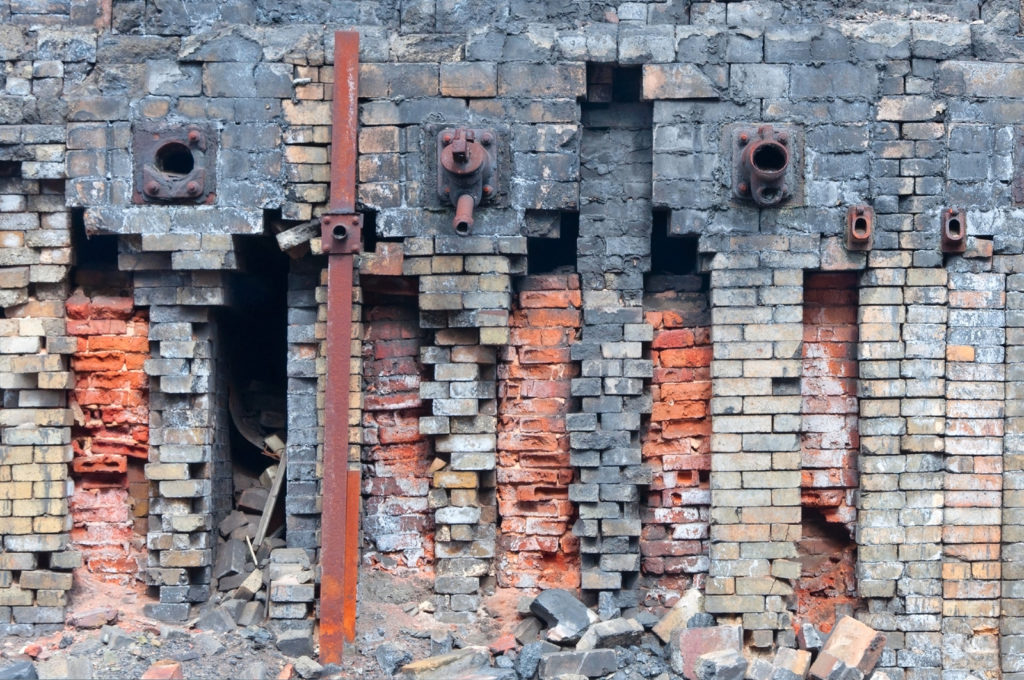Top 5 Refractory Mistakes to Avoid
While refractory material is critical to protecting and maintaining the efficiency of your heat processing equipment (and more importantly, keeping your people safe!), it’s not always a priority for many of today’s industrial plant engineers and managers.
Refractories are a complex field, heavy on both science and art. The idea that “mud is mud” is dangerous thinking that can end up putting your people in harm’s way and costing your company a lot of money. We’ve seen this thinking cost people their jobs.

Below are the five most common mistakes we see when selecting or specifying refractory materials. (This comes from our experience, along with Justin Teiken, Technical Director, Plibrico USA and Len Krietz, Ceramic Engineer and noted international expert).
1. Thinking that “mud is mud,” meaning all refractory material is the same and can be used anywhere.
It always surprises us, but many people think that “refractory is refractory.” This is simply incorrect. Today’s refractory materials are engineered for specific applications to be used via specific placement techniques.
2. Selecting refractory based upon the “data sheet.”
Data sheets can be helpful, but what you don’t know can get you into trouble. If you don’t fully understand what the data represents, you could end up making a big mistake. For example, many incorrectly focus on the large data sheet values when something else (like thermal shock, reducing atmosphere or chemical attack) is the critical element affecting the potential application.
3. Not foreseeing a change in your process that affects service demands.
Could adding a new shift, increasing metal throughput or changing your fuel source affect your refractory’s ability to perform? Absolutely. Providing inaccurate information about service demands will cause problems. Think measure twice, cut once.
4. Selecting a material that does not fit a specialized installation technique.
We commonly see installers who specialize in one method only, or engineers who want to dictate which installation method to use. It’s important for the installation method to work well with the material selected along with the location and conditions. Here is more detail about when to use specific installation methods.
5. Selecting the wrong refractory installer.
Don’t assume that any contractor can install refractory. And don’t assume all refractory contractors are equal. Here are 7 items to evaluate before choosing a refractory contractor.
If you don’t have the bandwidth to avoid these common mistakes, reach out to us. Or have your existing contractor ensure that each have been addressed. It’s worth it in the long run.
Comments are closed.

